The Offering - Shizuye Takashima
July 4th – september 9th, 2023
Project room gallery
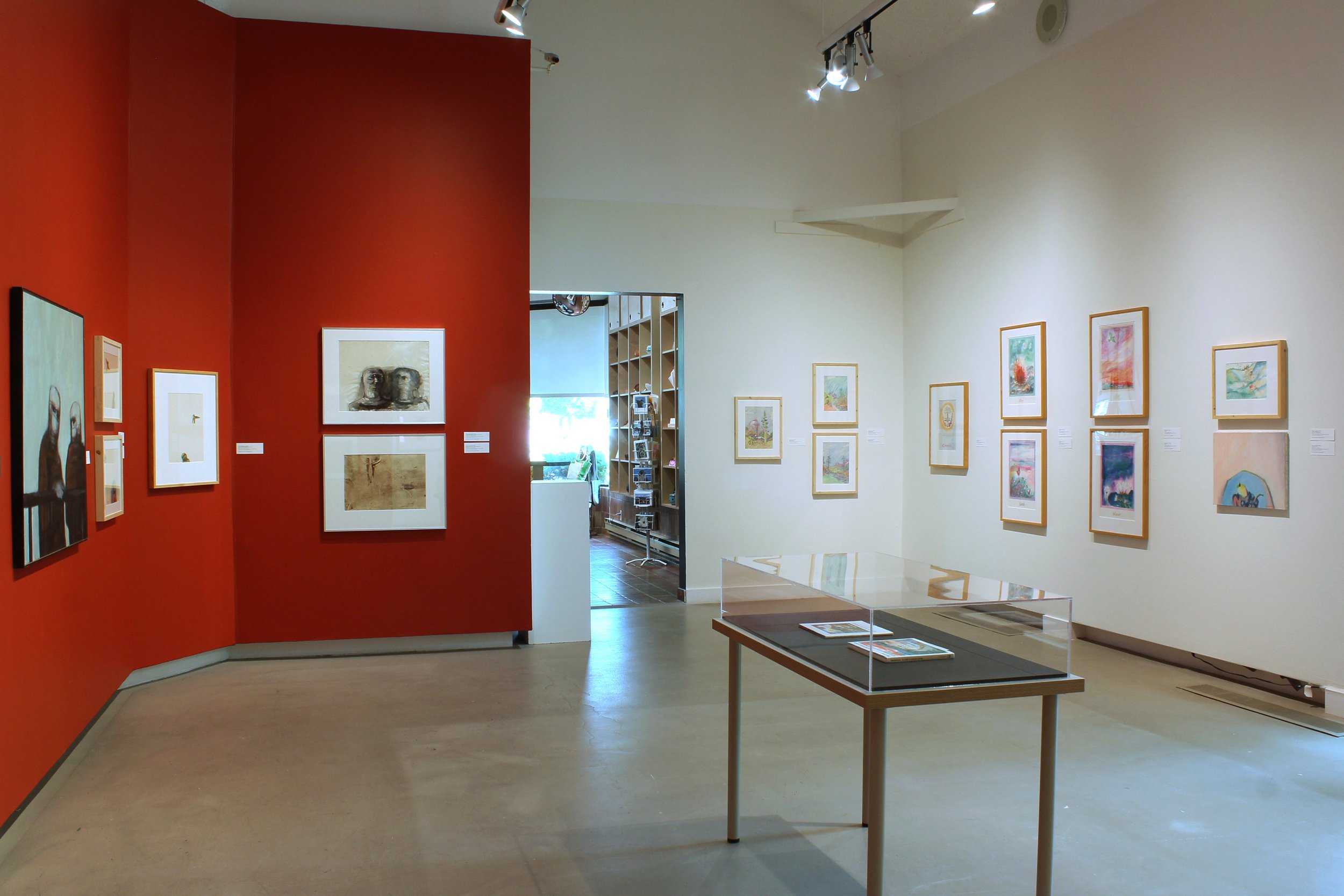
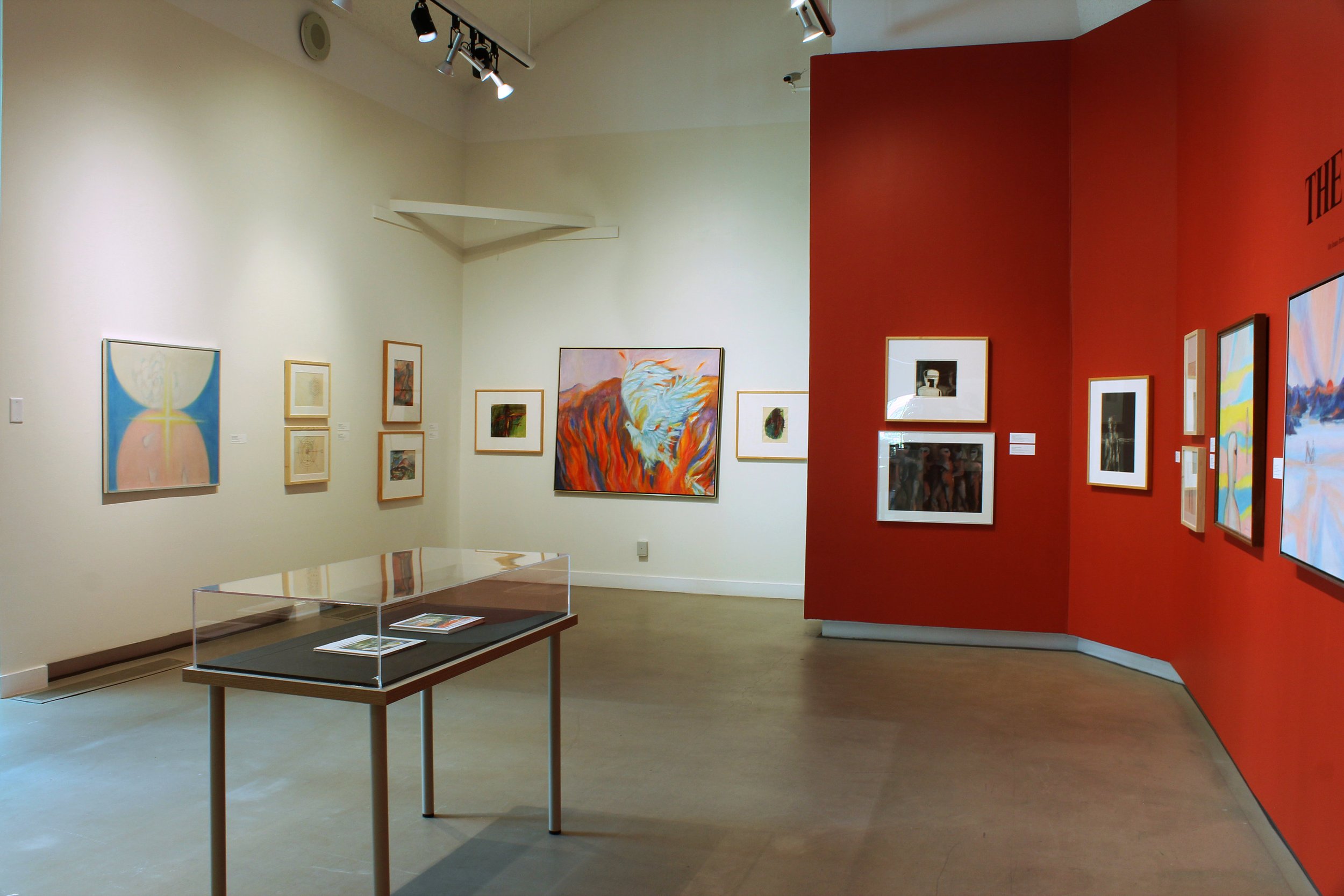
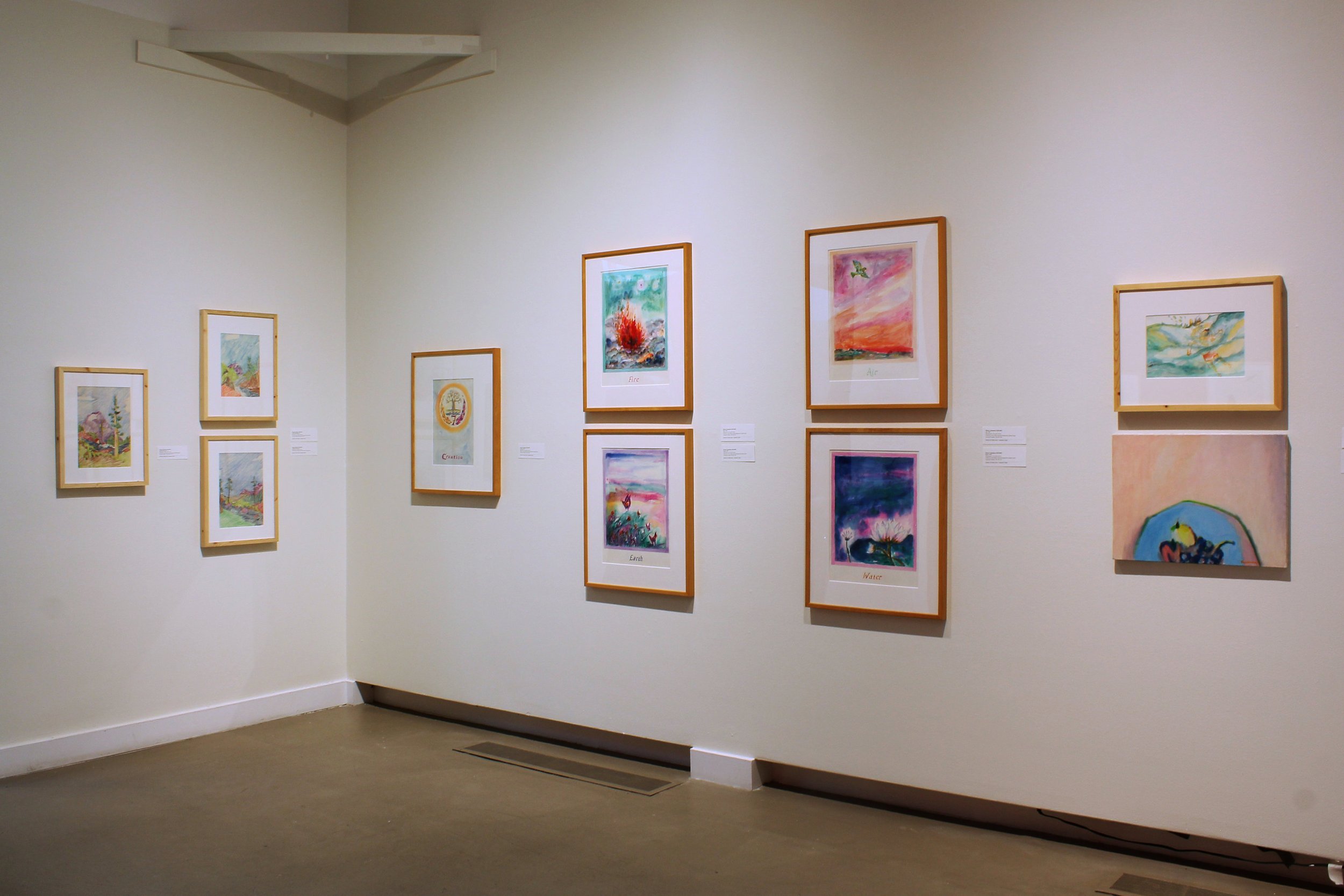
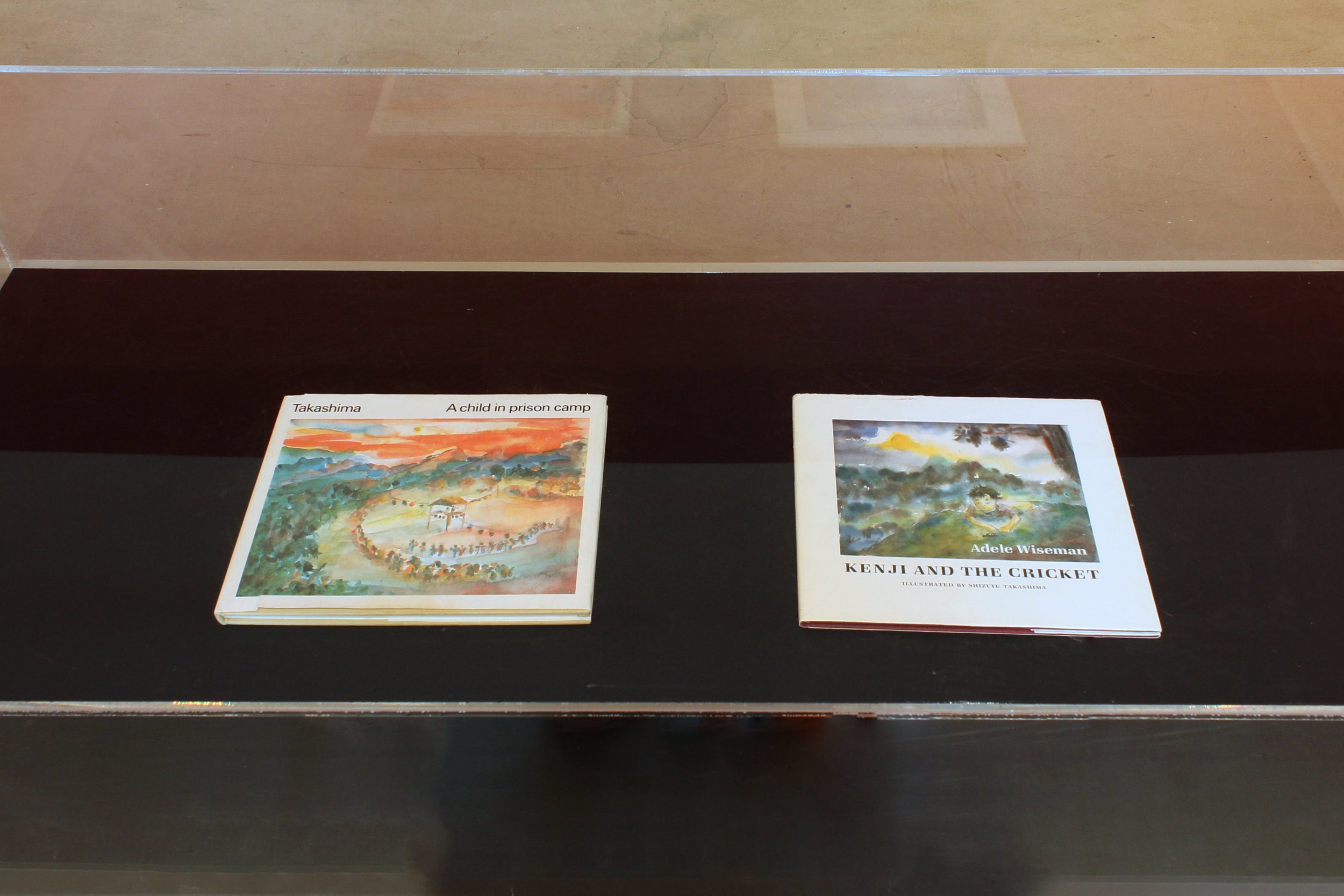

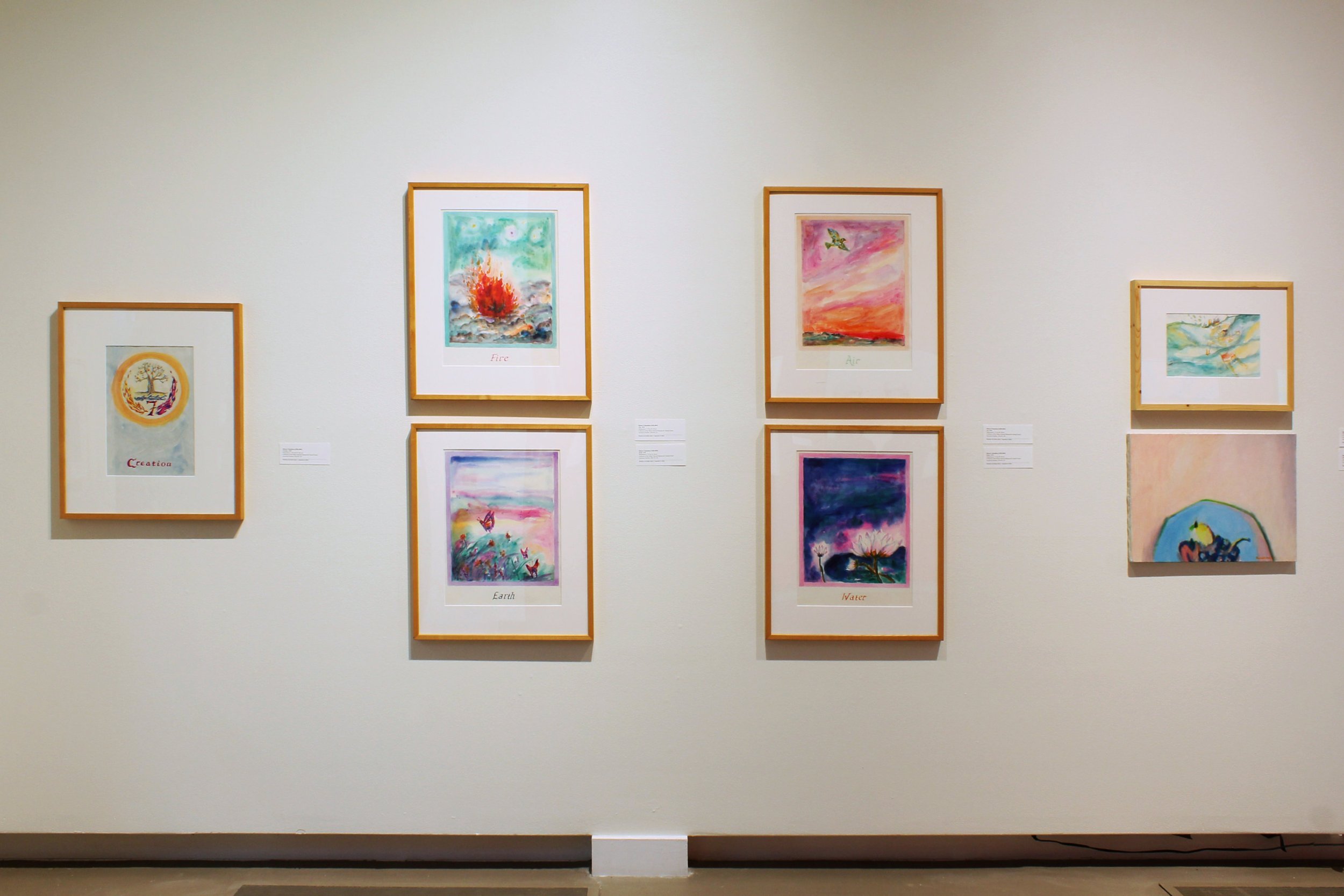
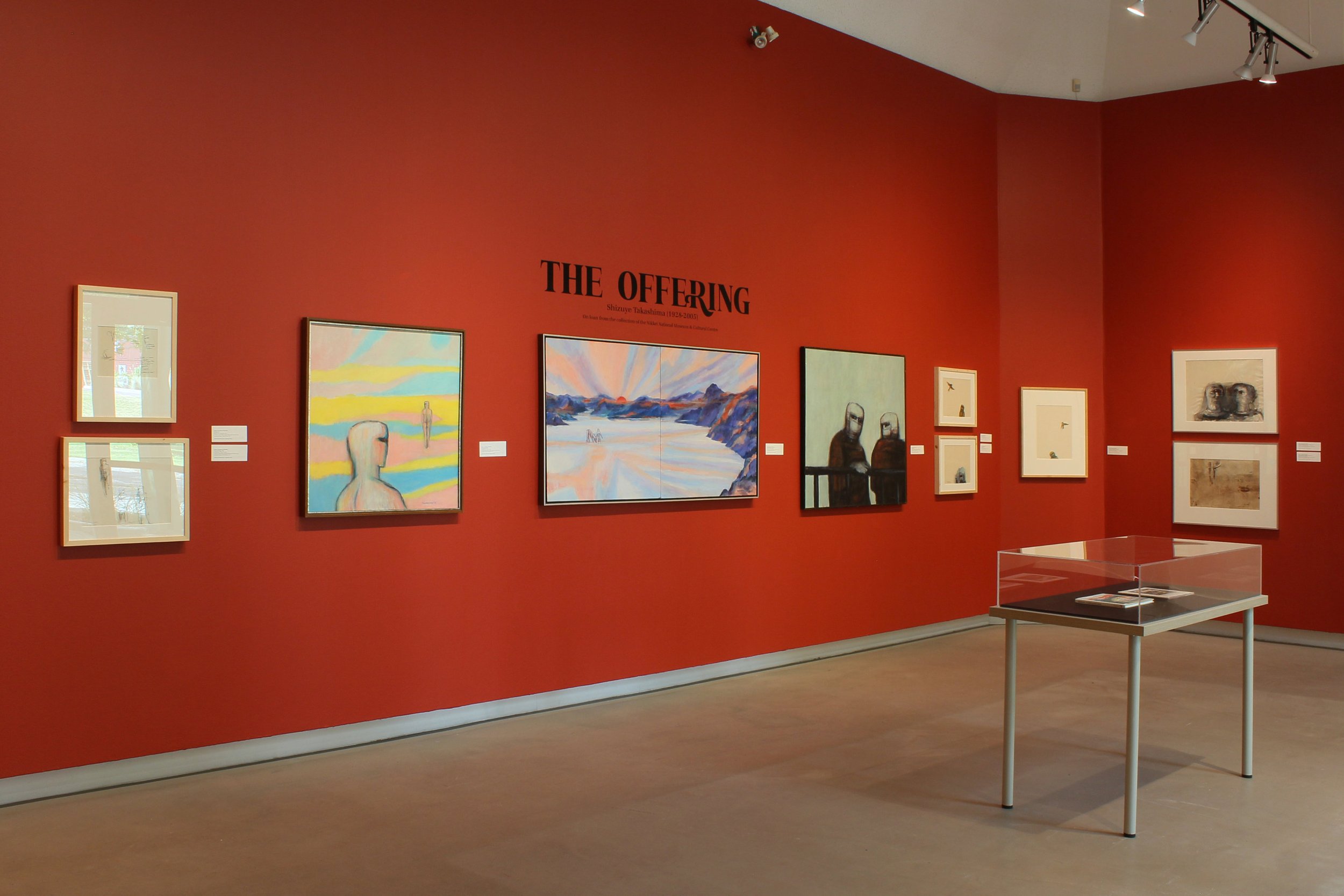
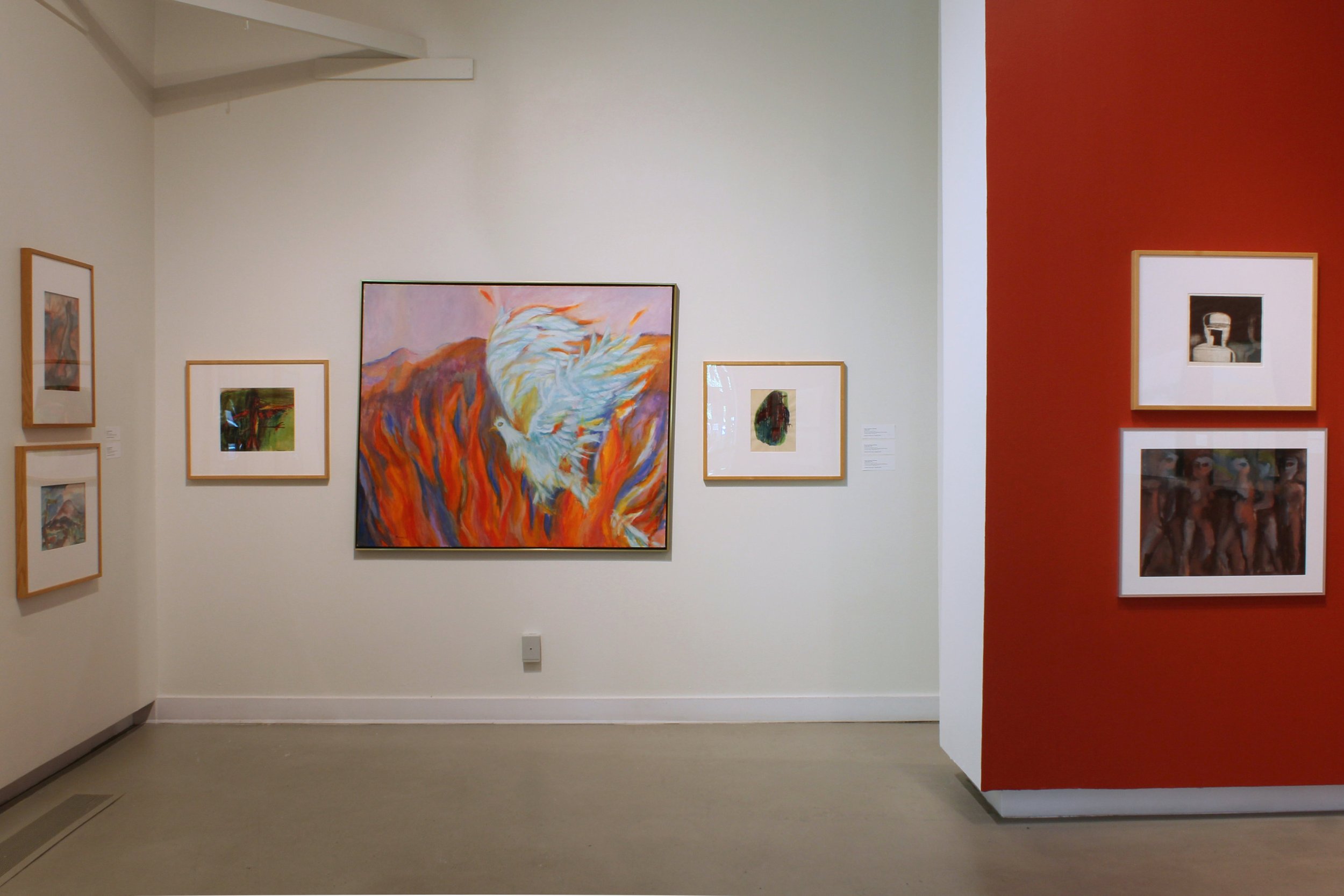
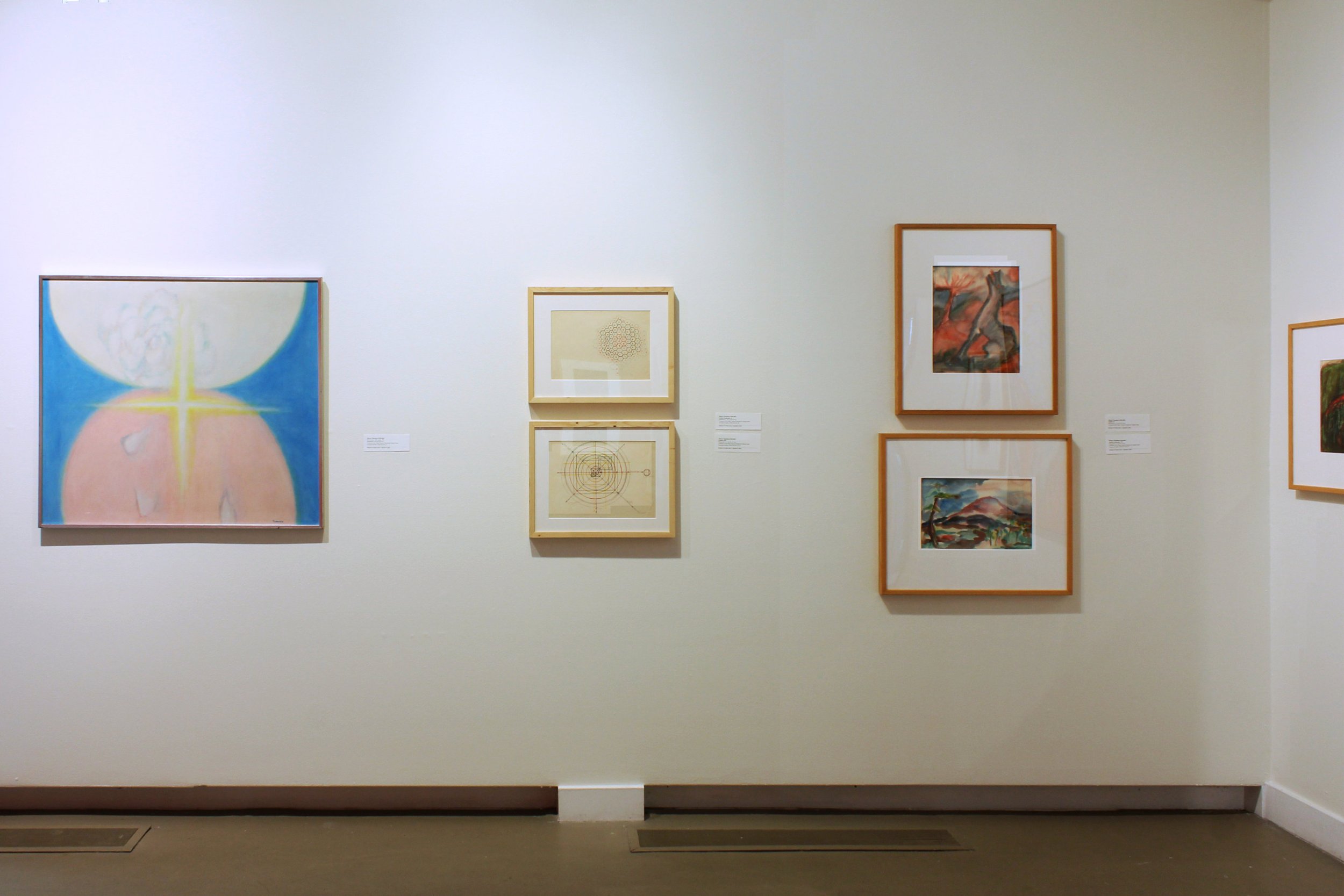
Exhibition Artist:
Article Written by Paul Crawford
Shizuye Violet Takashima was born on June 12, 1928, in Vancouver, British Columbia, as the youngest of six children to Senji and Teru Fujiwara Takashima. Fondly referred to as 'Shichan' among her family and friends, she faced various health challenges during her early years due to being born prematurely. Additionally, Shizuye had to cope with congenital hip displacements, which resulted in her walking with a slight limp.
In 1941, at the age of thirteen, her life changed dramatically when her family, along with 22,000 other Canadians of Japanese origin, were forcibly removed from their homes on the west coast of Canada and sent to internment camps in the interior. Despite the absence of any criminal convictions, they were regarded as enemies by the Canadian government due to the ongoing war with Japan. Consequently, Shizuye and her family were interned for three years at the Orchard Internment Camp in New Denver, BC. Today the site is known as the Nikkei Internment Memorial Centre, a National Historic Site, dedicated to telling the story of all the Japanese Canadians who were forcibly relocated during World War II. The NIMC contains original buildings, period artifacts and interpretive displays as well as the Heiwa Teien Peace Garden, designed by the renowned Japanese Canadian gardener, Tomomichi (Roy) Sumi.
After the closure of Orchard Camp at the end of the war, Shizuye relocated to Hamilton, Ontario, leaving New Denver behind. While in Hamilton, she took on the role of a domestic servant while simultaneously attending Central Tech in Toronto to pursue her art studies. Driven by her deep passion for art, she furthered her education at the Ontario College of Art. By the late-1950s she had established herself as one of Canada's leading Nisei painters and her figurative paintings were garnering recognition within the greater Canadian art establishment for their exceptional skill and sensitivity. The term "Nisei" refers to ethnically Japanese children born in a new country to Japanese-born immigrants. The distance of time couldn’t erase the memories of that bewildering time spent at the Orchard Camp in New Denver, which remained vivid for Shizuye. Thirty years later she was finally able to process her memories through her words and paintings. The results were published in her award-winning autobiographical book, A Child in Prison Camp, which narrates her family's internment experience in New Denver. Published in 1971, it was the first major publication by a Japanese Canadian writer to explore the Japanese Canadians' forced removal. The book faced controversy, particularly in British Columbia where many still supported the so-called "evacuation." Nevertheless, its message endured, and it went through multiple printings, won numerous awards, was excerpted in six daily newspapers across Canada, was published and translated internationally, and even adapted into a musical with two successful runs in Tokyo, Japan. Shizuye Takashima later became a supporter of the Redress movement in the 1980s and illustrated Adele Wiseman's children's book, Kenji and the Cricket (1988), which tells the story of a war orphan in Japan.
Shizuye taught at the Ontario College of Art from 1976 until her retirement in 1994. Throughout her career, she continued her studies across the globe, including Europe, Mexico, India, New York, and Japan. Her later works were heavily influenced by her spiritual practice in Agni Yoga and her travels in India. They featured bright color palettes and a higher degree of abstraction compared to her earlier works. Her work was represented by Waddington Galleries in Montreal as well as the Gerald Morris Gallery, L'Oranger Galleries, and the Evans Gallery in Toronto. The Burnaby Art Gallery held a major retrospective, and her work can be found in many significant public collections including the National Gallery of Canada and the Vancouver Art Gallery.
After retiring in 1994, Shizuye returned to the west coast of Vancouver, where she ultimately passed away in 2005, leaving behind a profound legacy in the art world.
Thirty years ago, I first stumbled upon the artwork of Shizuye Takashima in an antique shop in Victoria. The painting I saw left a profound impression on me, and throughout the years, I have always regretted not seizing the opportunity to purchase it when I had the chance. Over intervening years, I often pondered the possibility of curating an exhibition to give a window into the remarkable body of work she created over her lifetime and to introduce her story and legacy to a fresh audience. This past fall while searching online I discovered the remarkable archive and collection held at the Nikkei National Museum & Cultural Centre in Burnaby, BC. I am immensely grateful to Lisa Uyeda, their Collections Manager, for her invaluable time and assistance in helping to arrange this loan from their permanent collection and archive. This exhibition provides a unique opportunity to share her art with a wider audience, allowing us to honor and celebrate her significant contributions to the cultural fabric of Canada. I am profoundly grateful for the chance to showcase Shizuye Takashima's art and remind us of the history her story encompasses. ♦


